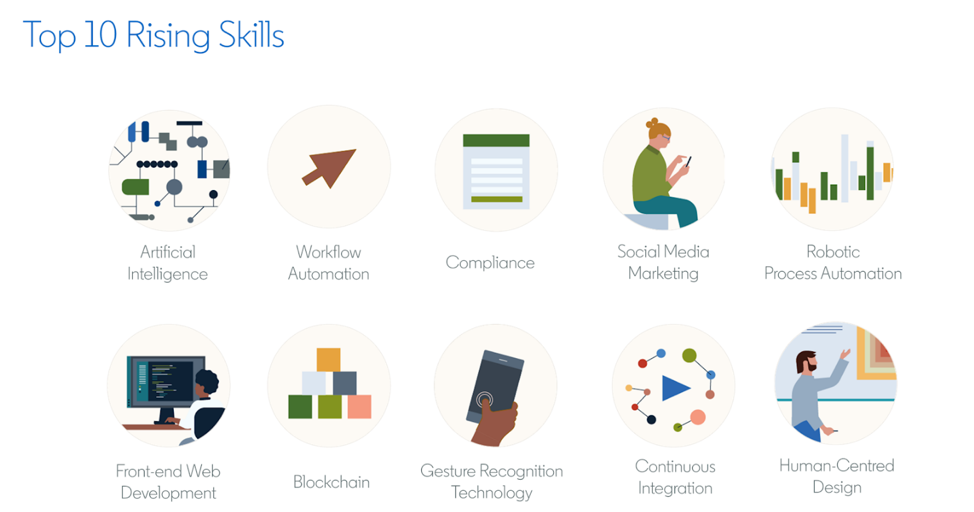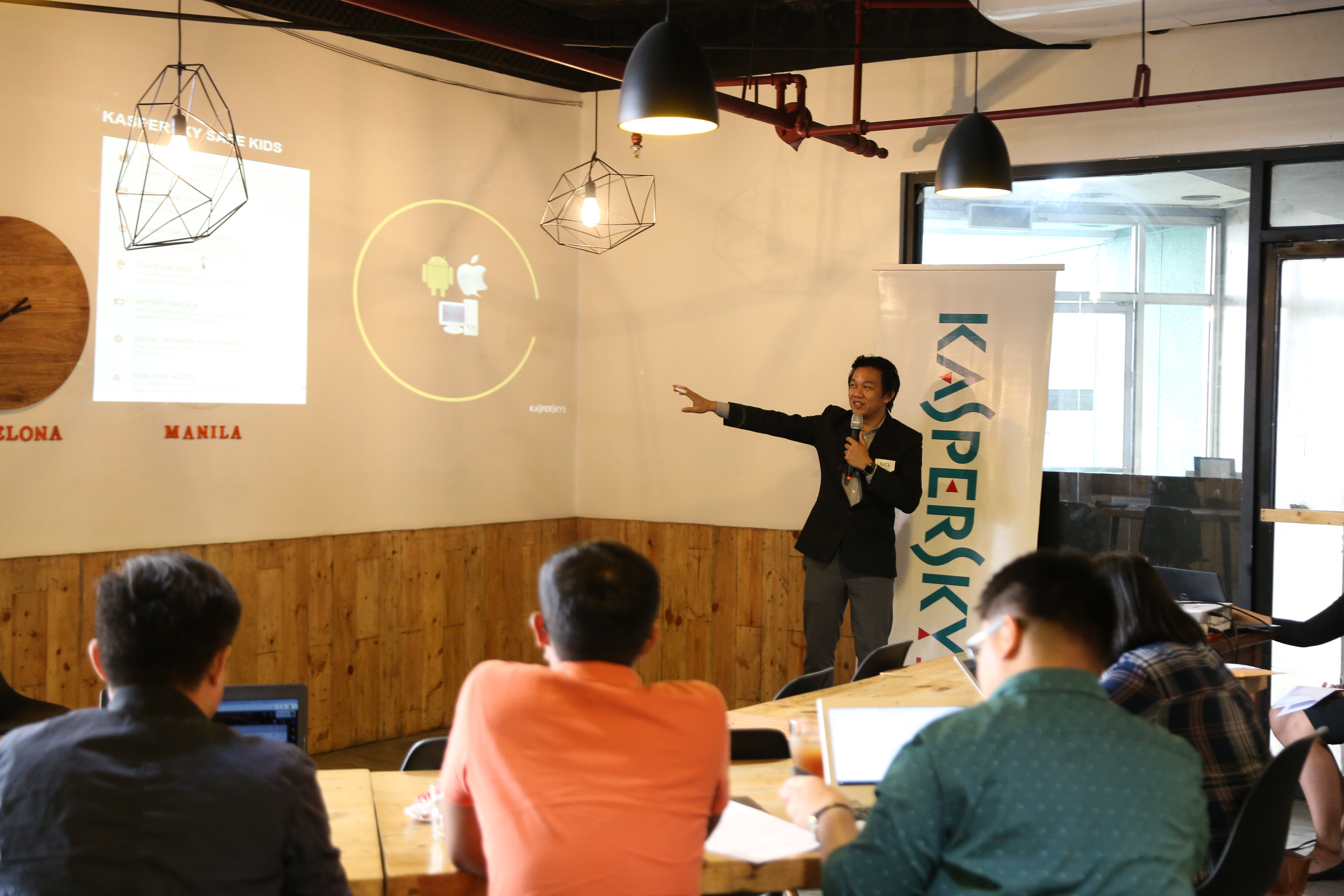Telling your kids that the future of work will be about job skills
Rising skills signal tech transformation in industries in the Philippines: LinkedIn studyMy good friend asked me what I should tell her son who is interested… Read More »Telling your kids that the future of work will be about job skills


